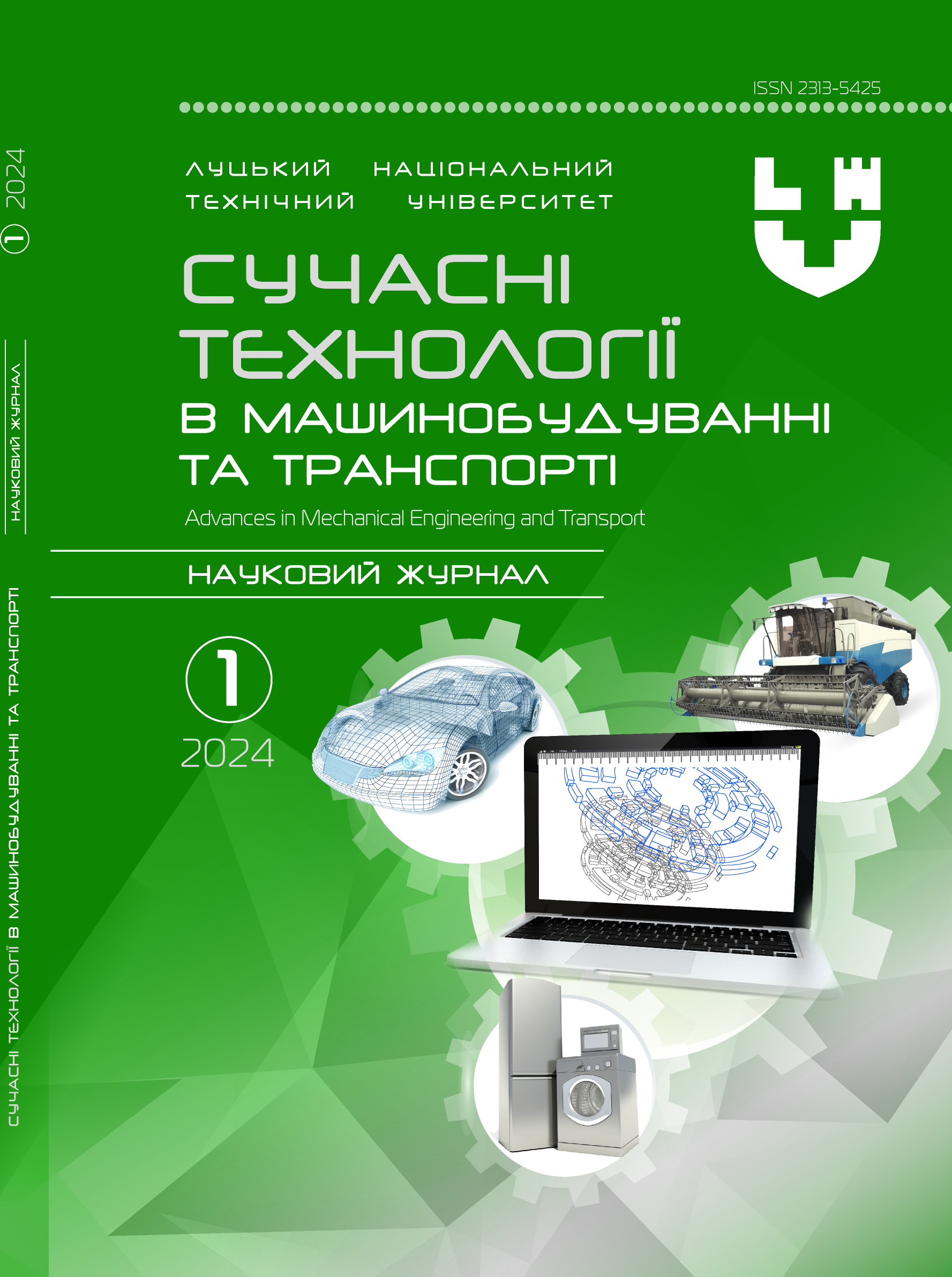The influence of an untested axle wheel on the error of determining the damping of a wheel tested by the eusama method
Abstract
The damping device of the car suspension, the basis of which is the shock absorber, along with comfort, ensures safe movement by controlling the contact of the tire with the road. Most cars with a metal elastic device in the suspension do not have electrical analogues of operating processes, which makes it difficult to determine the technical condition during operation using self-diagnosis methods. In operational practice, vibration stands are common, providing for alternate testing of the wheel suspension of each axle. In other words, the wheel under test is subject to harmonic vibrations, while the other wheel of the axle (passive) is stationary. But both wheels are connected by an elastic connection - a stabilizer bar, and ignoring this fact introduces an error into the test result. To estimate the magnitude of the error, a mathematical and computer model was compiled in the MATLAB SIMULINK environment. The front axle of a SKODA FABIA 1.6 with an axle weight of 740 kg was taken as the object of study. The correspondence between the EuSAMA coefficients and the damping coefficients of shock absorbers in the known evaluation zones was obtained.
Through simulation at different damping values of the tested and passive wheels, relative testing errors were obtained for the established damping assessment zones. It was found that as the EuSAMA coefficient of the wheel under test decreases, the error increases. In particular, in the “insufficient” evaluation zone, and with a low damping coefficient of the passive wheel, the error can be more than 11%. It has also been established that a change in the damping coefficient of a passive wheel causes a change in the resonance frequency of the tested wheel, and at high values of the EuSAMA coefficient of the tested wheel, a decrease in the resonance frequency is possible by up to 6.5%.
Key words: suspension, shock absorber, damping testing, modeling, bench error.




